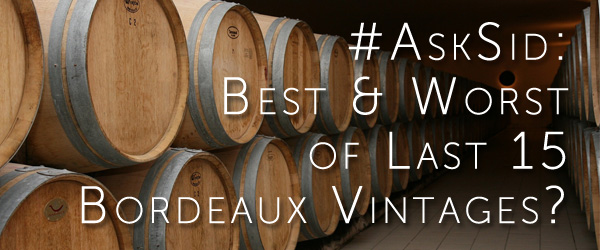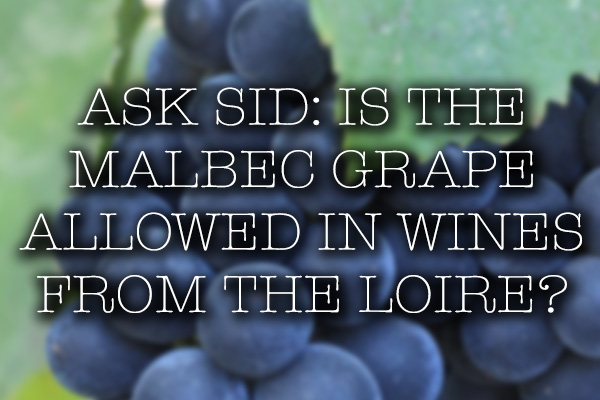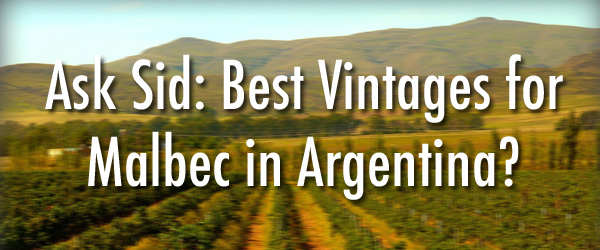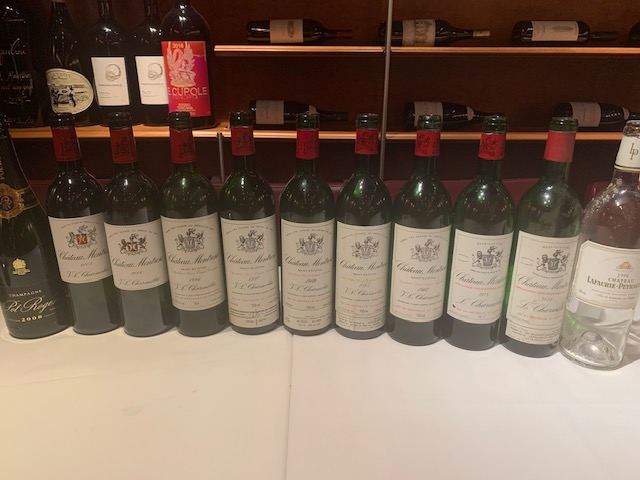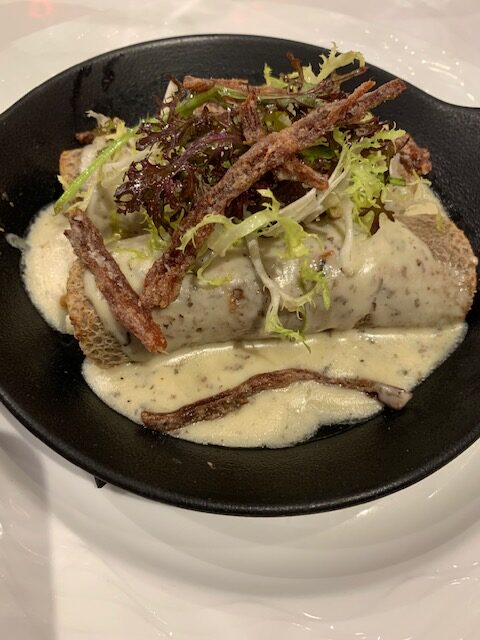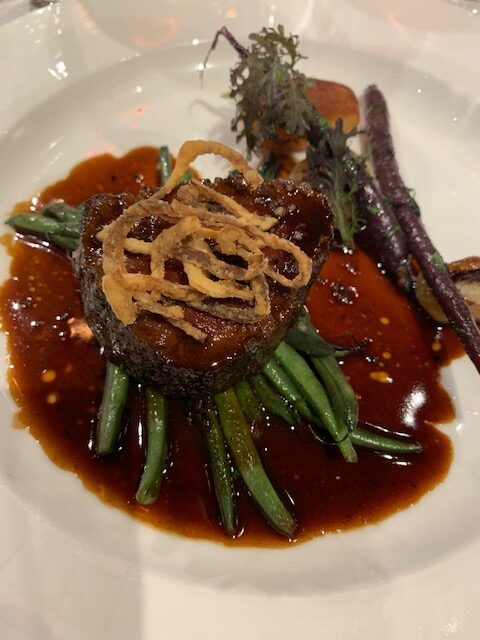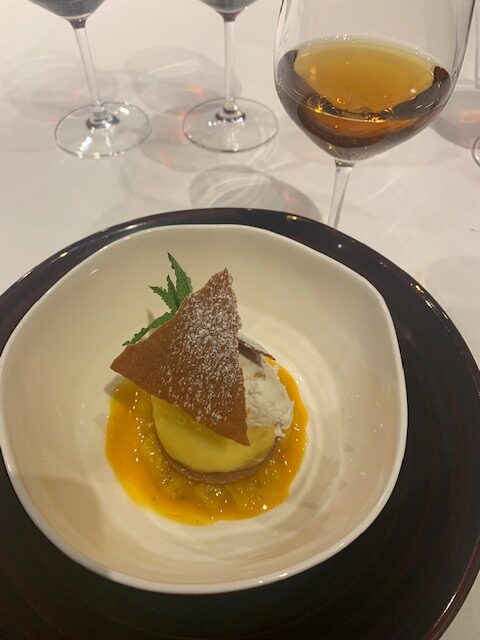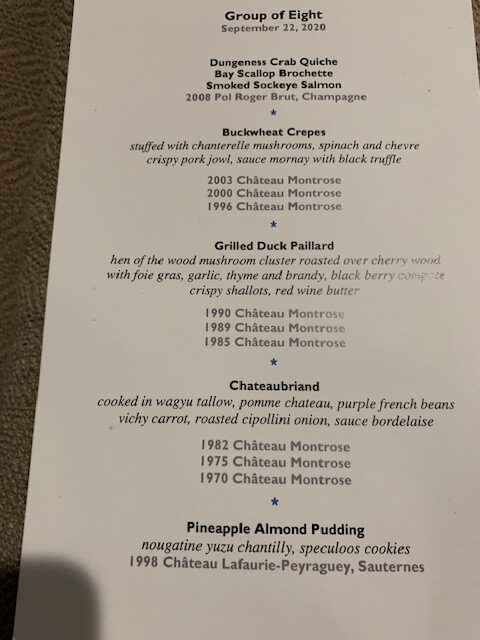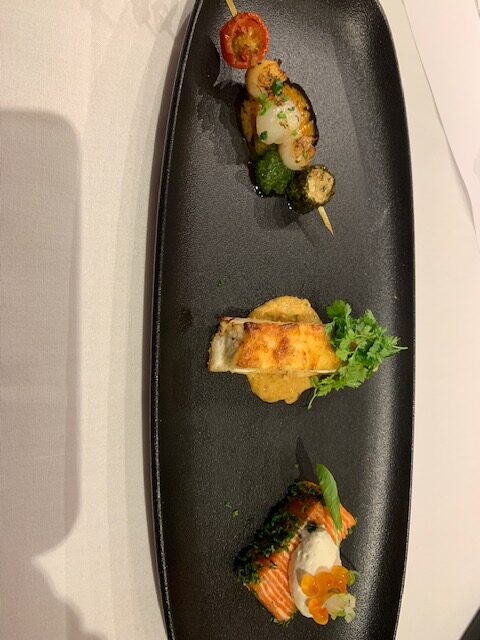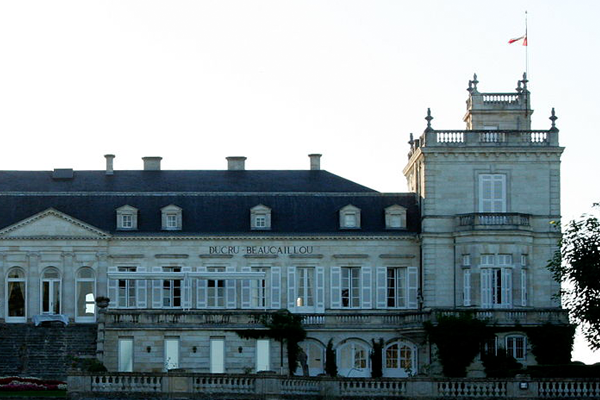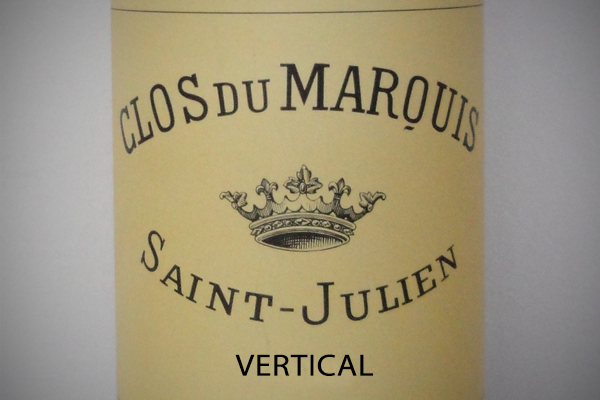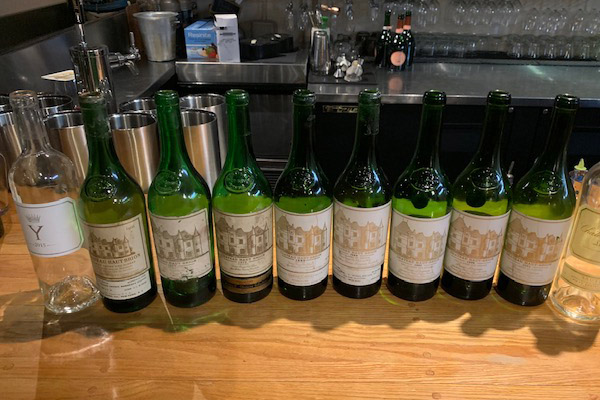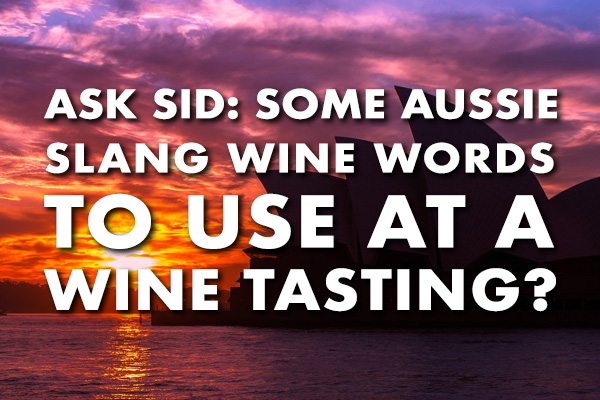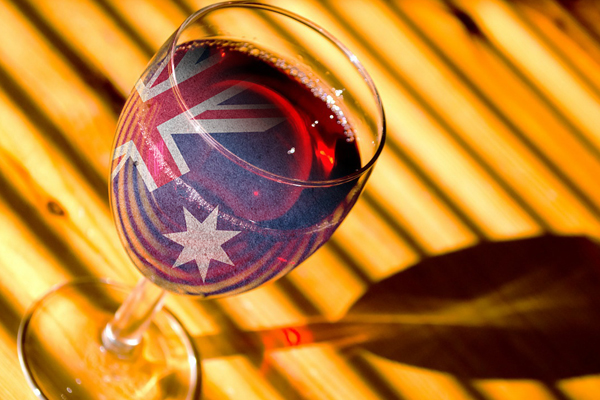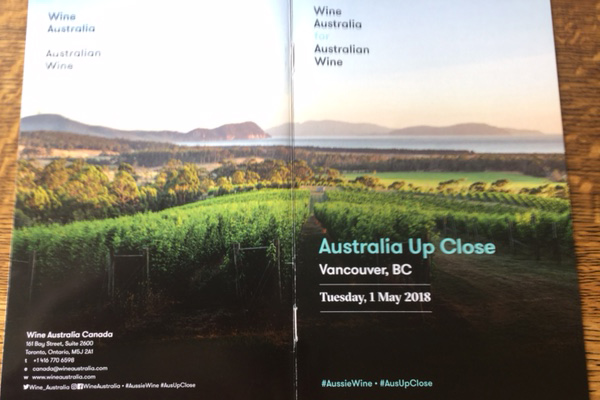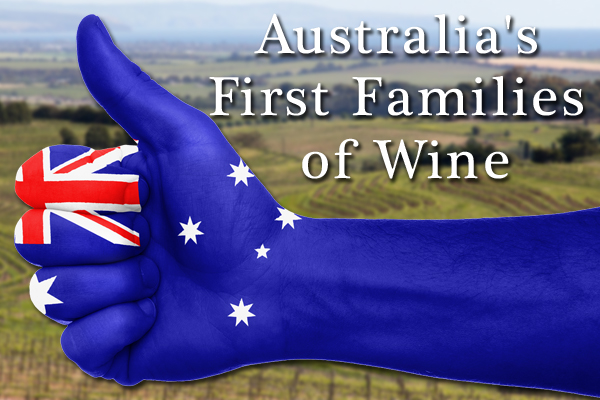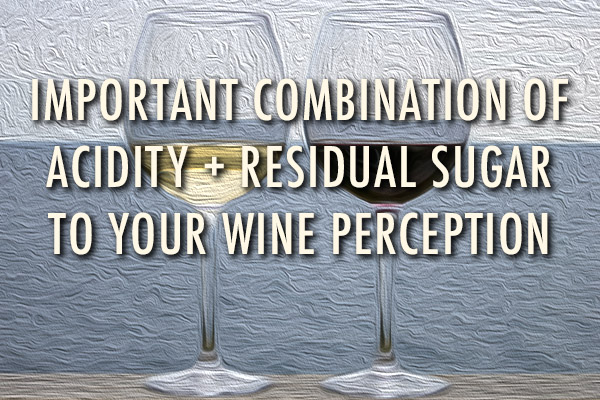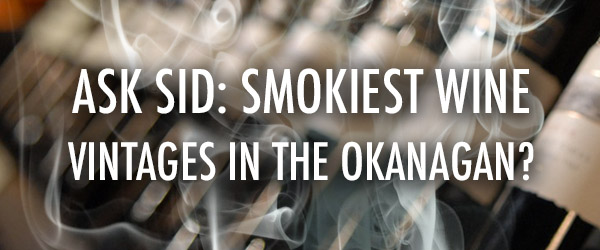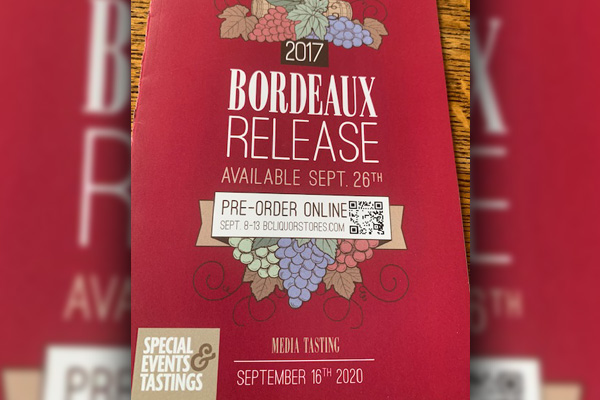
BCLiquorStores.com released on September 26, 2020 their futures selection from the 2017 Bordeaux vintage for purchase in specialty stores across the Province. This astute buying program is the result of outstanding conscientious attention by Barb Philip MW the Category Manager responsible for European wines (with the help of Bordeaux insider Bill Blatch) over many past vintages in selecting a range of the best wines at different price points for the Bordeaux consumers in British Columbia. This year’s release of 2017 follows on from the popular more classic consistent balanced wines of 2016 from last year. 2017 is less consistent overall with a reduced crop from those late April frosts limiting the availability of some better wines – though less affected in the more northern Medoc like Pauillac AC and surrounding appellations. Also there are three more vintages since 2017 to consider in your future purchasing decisions all being affected by climate change. Nonetheless there has been a good buzz for this release and several readers raised questions about the quality & style of 2017 Bordeaux for the weekly posting on Wednesday Ask Sid feature.
Pleased to report that your scribe attended on September 16 a limited media tasting conducted by Barb Philip MW with insightful discussions in pristine working conditions at the BCLDB Tasting Lab. Tasted 14 of the diverse 181 wines on offer ranging from the classy pure Chateau Haut-Brion from Pessac-Leognan ($1200) to the more rustic but full of fresh fruit Chateau Reynon from Cadillac Cotes de Bordeaux ($35). Don’t forget either the value fresh dry vibrant whites like Clos des Lunes Lune d’Argent ($35) and an excellent year for Sauternes like Chateau Doisy-Vedrines (375 ml. $50). Impressed in my tastings by a couple of things. Firstly the wide selection of consumer values in the $35 to $55 range. Tasted many at this event and subsequently which confirmed to me there is real top drinkable quality being produced now right across the many appellations of Bordeaux. They deliver a fresh fruity definition of a riper more friendly cabernet sauvignon or merlot presence in the blend often with the contribution of interesting cab franc as well. Everyone but especially younger demographics need to check these 2017 Bordeaux wines out and expect you will have a surprising most favourable opinion of them. For example both at $55 is an exciting firm bodied Chateau Lilian Ladouys from the improving St. Estephe AC (50 merlot, 43 cab sauv and intense 7 petit verdot spending 15 months in French oak with 40% new) and Chateau du Glana with lovely attractive textbook St. Julien fruit. That brings me to my second big impression of how well this vintage is showing the terroir of the place the wine comes from. That is most admirable and believe it is at least partially due to less overly ripe grapes and lighter extraction methods during fermentation in 2017. Certainly continuing climate change is affecting vintages 2018, 2019, 2020 and beyond with warmer conditions resulting in more ripeness. It may be in this coming decade we will be pointing out enthusiastically while tasting less ripe older vintages the subtle herbaceous notes like in 2017 that this is a true sign of old style really top quality now much more difficult to achieve!
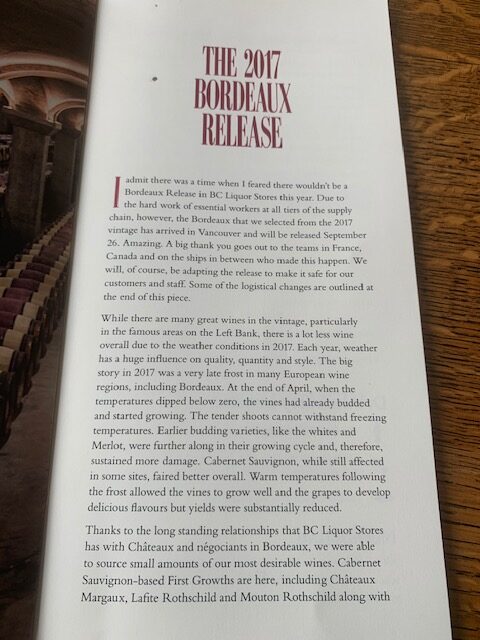
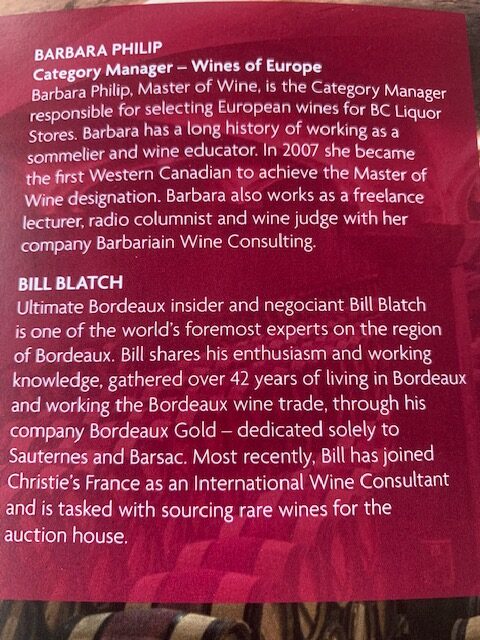
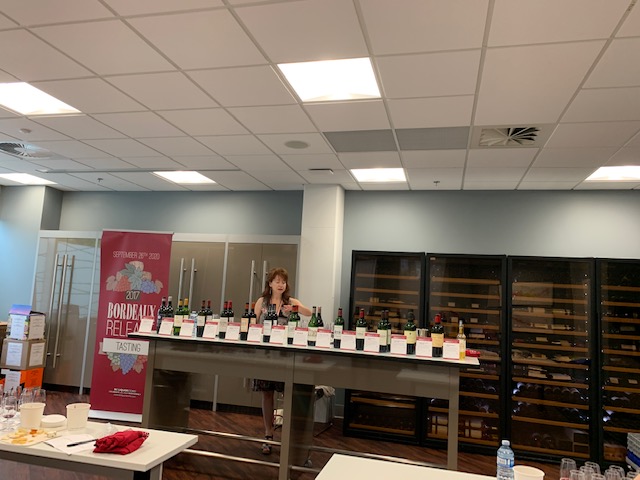

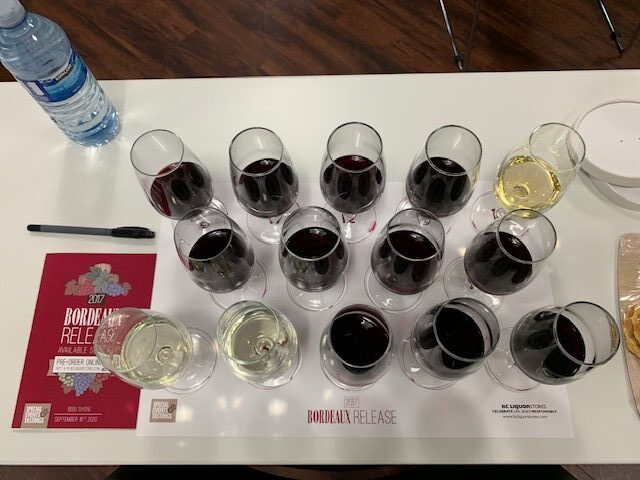
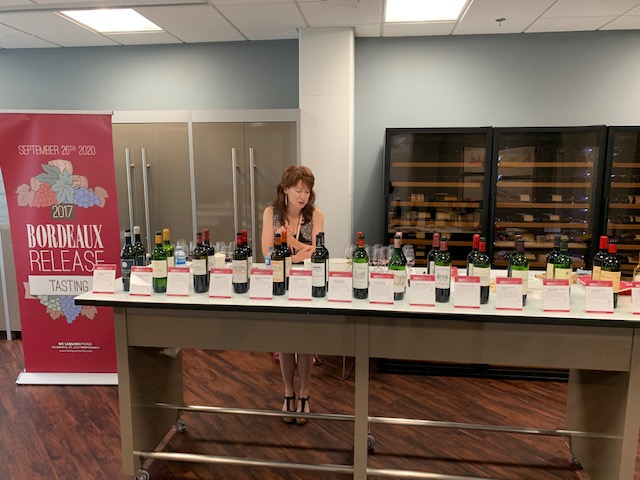
You might also like:
